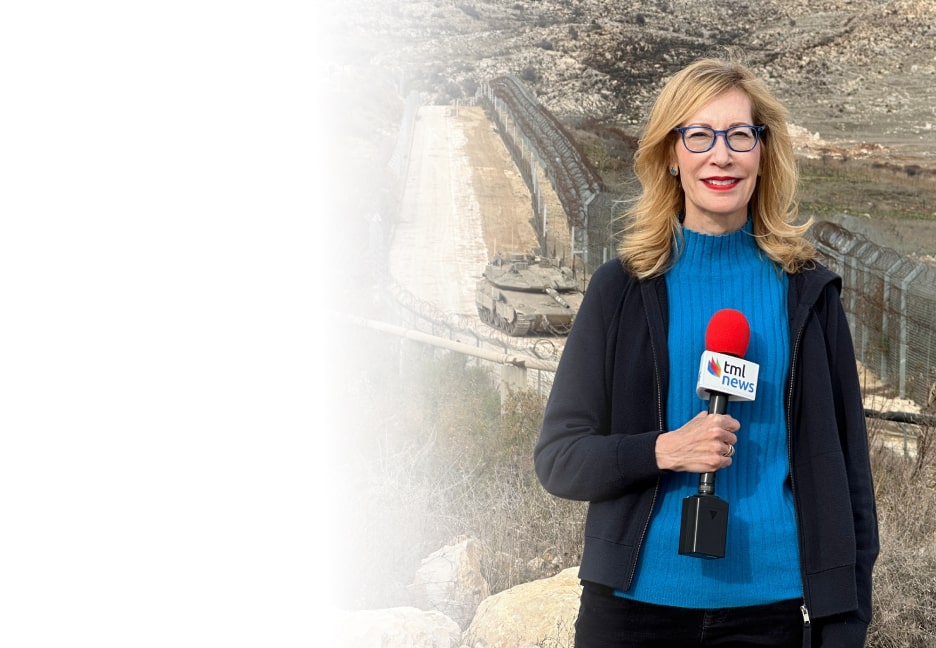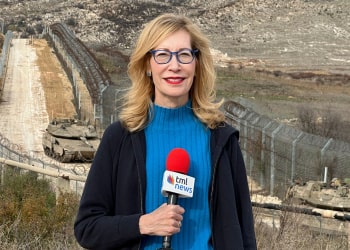Iran’s Supreme Leader Ayatollah Ali Khamenei has nominated three clerics as potential successors and ordered military leadership changes while taking shelter in a secure facility, The New York Times reported Saturday, citing Iranian officials. The moves come in response to intensified Israeli airstrikes and what Iranian leaders view as escalating threats to Khamenei’s life.
According to the report, Iran’s intelligence ministry has directed senior government and military officials to avoid electronic communications and remain in underground facilities. Khamenei, who has led the country since 1989, is now said to communicate with commanders only through a trusted aide.
This holiday season, give to:
Truth and understanding
The Media Line's intrepid correspondents are in Israel, Gaza, Lebanon, Syria and Pakistan providing first-person reporting.
They all said they cover it.
We see it.
We report with just one agenda: the truth.


While the names of the three clerical successors were not disclosed, officials confirmed that Khamenei’s son Mojtaba—long rumored as a likely heir—was not among them. The 86-year-old supreme leader reportedly considers the risk of assassination a form of martyrdom and is focused on ensuring a stable transition to avoid power struggles.
Iran International, a London-based opposition media outlet, claimed Khamenei and his family have relocated to a bunker in the Lavizan area of northeast Tehran. That report has not been independently verified.
The succession planning follows a string of Israeli strikes that have killed multiple senior Iranian commanders and damaged nuclear infrastructure. In a televised address last week, Israeli Defense Minister Israel Katz said Khamenei “cannot continue to exist.” US President Donald Trump later stated he knows Khamenei’s whereabouts but is “delaying action for now.”
Despite the pressure, Iranian officials maintain that the country’s command structure remains intact and that no political fissures have emerged.